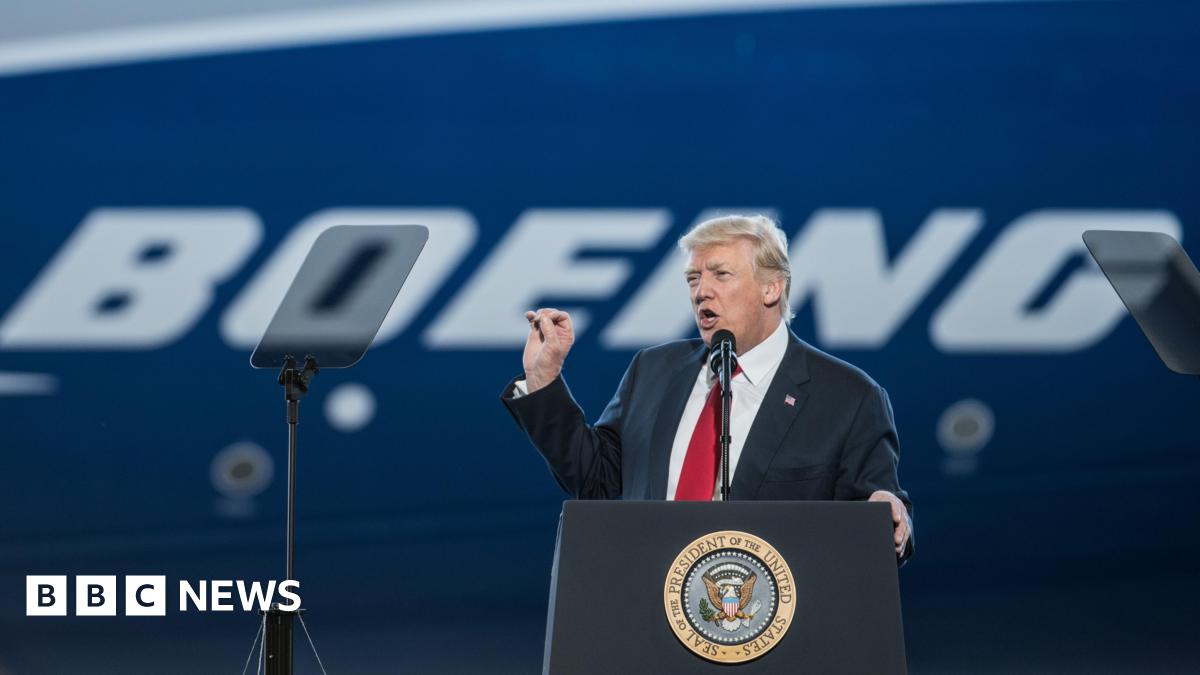Receive free Renminbi updates
We’ll send you a myFT Daily Digest email rounding up the latest Renminbi news every morning.
China’s central bank has stepped up defence of its currency as concerns mount over the health of the world’s second-largest economy.
The efforts by the People’s Bank of China to arrest a slide in the renminbi follow a series of gloomy economic data releases this week that showed weakening exports and waning consumer confidence.
Foreign exchange traders and analysts said downward pressure on the Chinese currency intensified after an unexpected interest rate cut by the central bank on Tuesday. They added that state banks had been buying up renminbi and selling dollars in an apparent effort to slow the pace of depreciation.
In the latest move to defend the currency, the central bank on Friday set the daily midpoint for the renminbi — around which the currency is allowed to trade 2 per cent in either direction — at Rmb7.2006 to the dollar. That compared with an average estimate of 7.3047 from analysts polled by Bloomberg.
The gap between expectations and the level set by the PBoC is the largest since the survey began in 2018.
Traders and strategists said it reflected mounting discomfort at the central bank over the speed of the Chinese currency’s fall, which has been driven by underwhelming economic performance and outflows from the country’s renminbi-denominated bond and stock markets.
The PBoC is also under pressure to bolster growth and this week injected Rmb757bn ($104bn) of short-term liquidity into the country’s banking system — the largest such move since March and potentially undermining efforts to stem the currency’s fall.
“Ideally they’d want to cut rates without renminbi depreciation, but given how strong the dollar is and how high US interest rates are, you can’t do that,” said Hui Shan, chief China economist at Goldman Sachs.
A Shanghai-based foreign exchange trader at one large European lender said: “Things are different now. With previous weakening streaks the fundamentals [of China’s economy] helped and there weren’t such high dollar rates.”
Yields on the benchmark 10-year US Treasury surged to their highest levels in 16 years this week, widening the gap between US and Chinese bond yields.

The Shanghai-based trader said markets now expected the exchange rate to breach a low of Rmb7.3274 seen in October of last year, during the peak of Covid-19 lockdowns in China, which had marked the weakest level since the 2008 financial crisis.
The renminbi on Friday strengthened 0.1 per cent to 7.2825 against the dollar.
The Chinese economy has struggled for months to rebound from the end of strict pandemic controls last year, with weak trade and little sign of the expected resurgence in consumer spending. In contrast with much of the world, price rises have been muted and data in July showed the economy falling into deflation.
Beijing policymakers have set an economic growth target of 5 per cent this year, the lowest in decades.
Shan at Goldman said the central bank still had a number of tools at its disposal to offset downward pressure, including adjustments to limits on dollar lending and borrowing at Chinese lenders.
But she added the PBoC was unlikely to begin burning through its foreign exchange reserves in an attempt to stop the exchange rate from falling past last year’s low. “It’s more about the pace of depreciation, and when that gets to a certain level, they might get a bit nervous,” she said.
Sameer Goel, global head of emerging markets and Asia-Pacific research at Deutsche Bank, said there were “diminishing returns” on the strategy of using the currency band’s daily fix to push back against depreciation.
With the exchange rate now closer to the weak end of the trading band, the midpoint was more likely to move towards the market level, Goel said.
Credit: Source link






![How to Understand & Calculate Statistical Significance [+ Example] How to Understand & Calculate Statistical Significance [+ Example]](https://www.hubspot.com/hubfs/how-to-calculate-statistical-significance-1-20250106-7754856.webp)




